Name Janet Rowley Education University of Chicago | ||
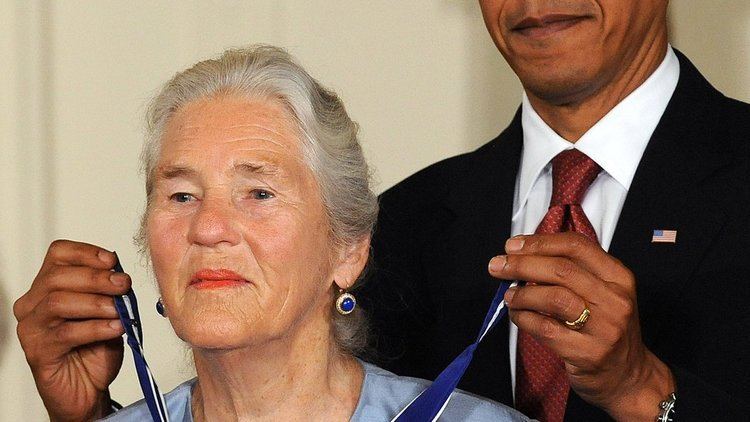 | ||
Born Janet Davison RowleyApril 5, 1925New York City, New York ( 1925-04-05 ) Notable awards William Allan Award (1991)National Medal of Science (1998)Gruber Prize in Genetics (2009)Pearl Meister Greengard Prize (2010)Japan Prize (2012)Albany Medical Center Prize (2013)Lasker Award | ||
Institutions University of Chicago | ||
Janet rowley s vision treating cancer at the molecular level
Janet Davison Rowley (April 5, 1925 – December 17, 2013) was an American human geneticist and the first scientist to identify a chromosomal translocation as the cause of leukemia and other cancers.
Contents
- Janet rowley s vision treating cancer at the molecular level
- Dissecting dna to cure cancers the legacy of dr janet rowley victoria forster tedxjesmonddene
- Early life and education
- Career
- Awards and honors
- Death
- References
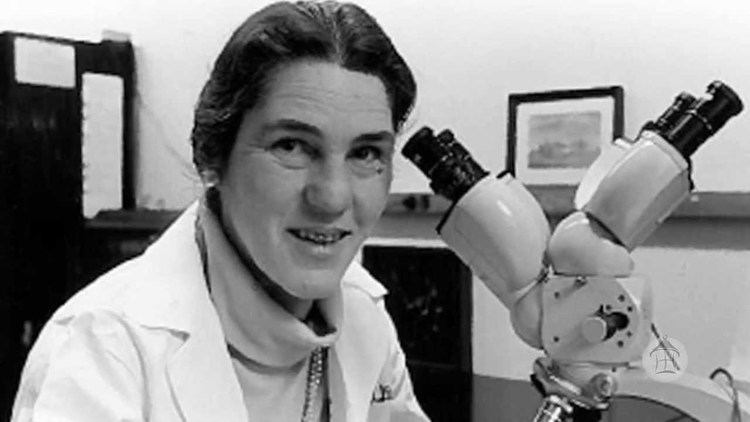
Dissecting dna to cure cancers the legacy of dr janet rowley victoria forster tedxjesmonddene
Early life and education
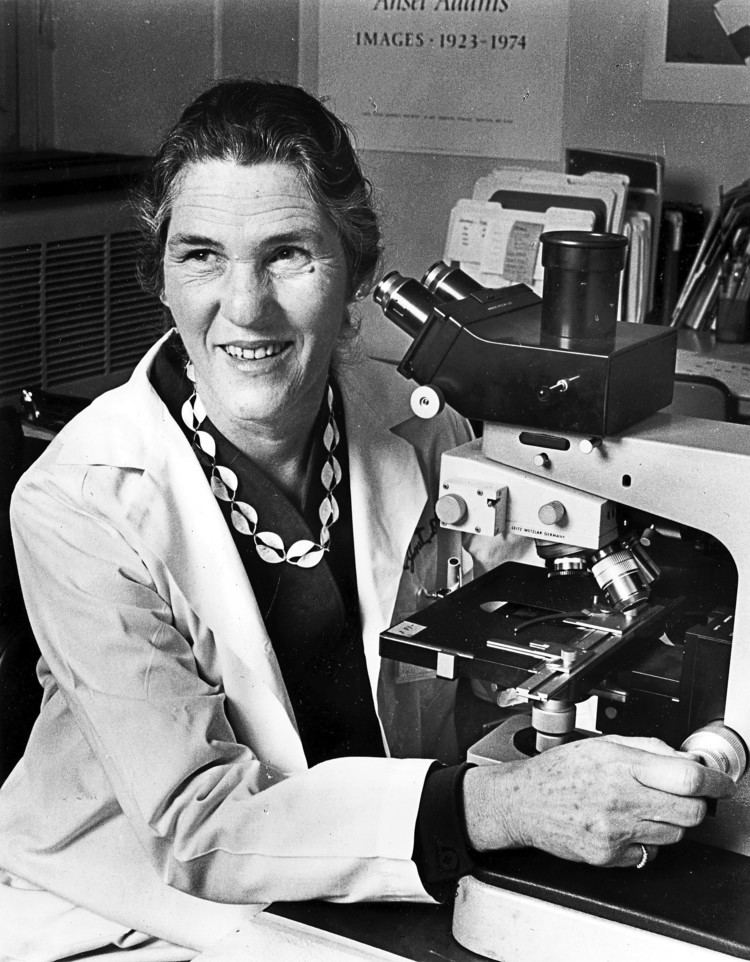
Janet Davison was born in New York City in 1925, the only child of Hurford and Ethel Ballantyne Davison. Her father held a master of business administration degree from Harvard Business School, and her mother a master's degree in education from Columbia University. Her parents were educators at the college and high school levels, respectively, and her mother later gave up teaching to become a school librarian.
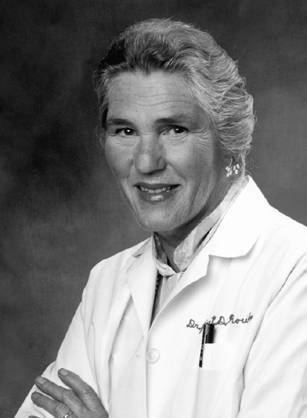
Davison attended an academically challenging junior high school in New Jersey and became especially interested in science. In 1940, aged 15, she was granted a scholarship to study in an advanced placement program at the University of Chicago Laboratory Schools where she finished high school and the first two years of college, followed by completion of her degree at the University of Chicago, where she earned a bachelor of philosophy degree in 1944, a bachelor of science degree in 1946, and doctor of medicine degree in 1948, aged 23. She married Donald Adams Rowley, also a physician, the day after graduating from medical school. Rowley worked part-time until the youngest of her four sons was 12 years old.
Career
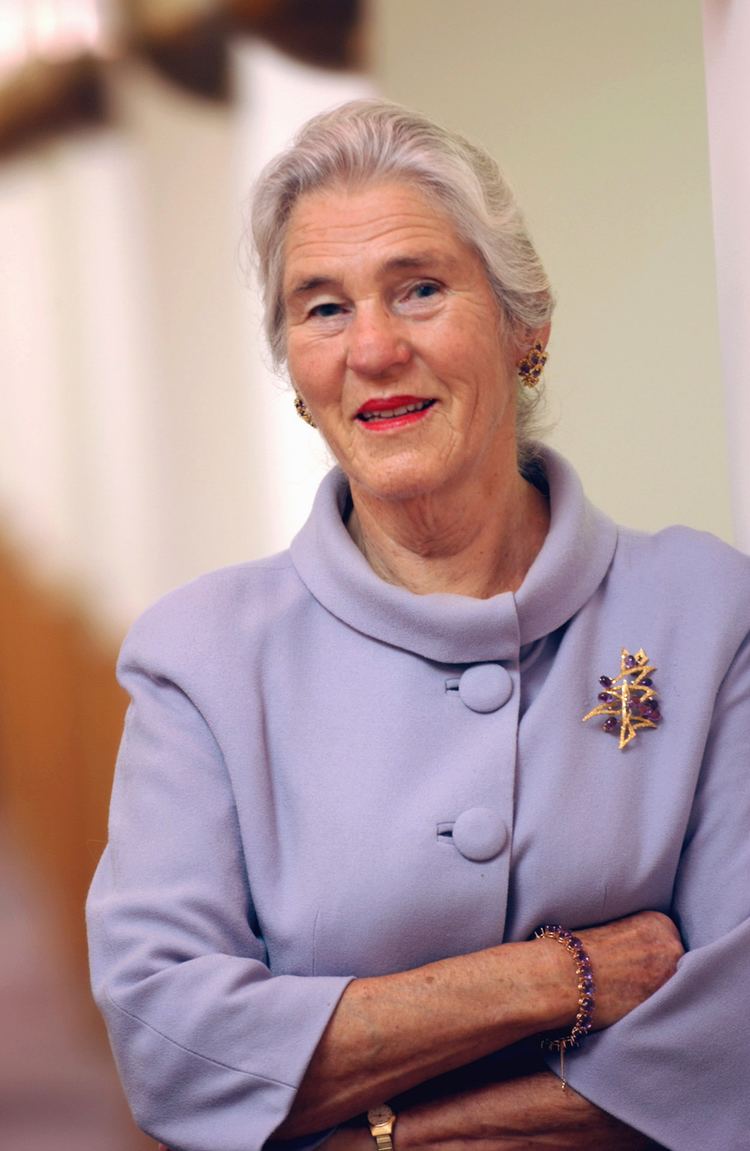
After earning her medical license in 1951, Dr. Rowley worked as attending physician at the Infant and Prenatal Clinics in the Department of Public Health, Montgomery County, Maryland. In 1955 she took up a research post at Chicago's Dr. Julian Levinson Foundation, a clinic for children with developmental disabilities, where she remained until 1961. She also taught neurology at the University of Illinois College of Medicine.
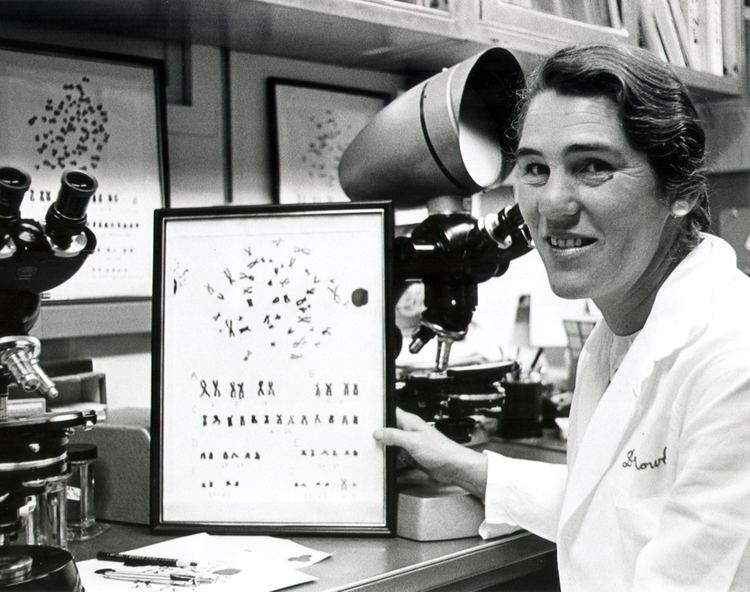
In 1962, after a year in England as an NIH trainee, studying the pattern DNA replication in normal and abnormal human chromosomes, Dr. Rowley returned to the University of Chicago, as a research associate in the Department of Hematology. She became an associate professor in 1969, and a full professor in 1977. In the 1970s, she further developed the use of existing methods of quinacrine fluorescence and Giemsa staining to identify chromosomes, and demonstrated that the abnormal Philadelphia chromosome implicated in certain types of leukemia was involved in a translocation with chromosome 9 in some cases. Translocation is the process by which a piece of one chromosome breaks off and joins another chromosome, or when two chromosomes exchange material when both break. She also identified translocation between chromosomes 8 and 21 in acute myelogenous leukemia, and between 15 and 17 in promyelocytic leukemia.
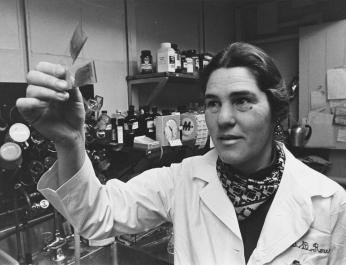
When Dr. Rowley published her findings in the 1970s, she argued that specific translocations caused specific diseases, going against the established view of the cause of cancer which gave little significance to chromosomal abnormalities. Although there was some resistance to her ideas at first, her work has proven immensely influential, and by 1990 over seventy translocations had been identified across different cancers.
Awards and honors
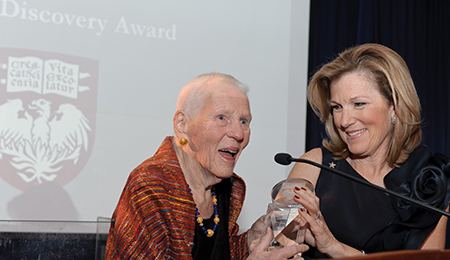
In 1984, Dr. Rowley was made the Blum-Riese Distinguished Service Professor at the University of Chicago. She also served as the interim deputy dean for science. In 1998, she was one of three scientists awarded the prestigious Lasker Award for their work on translocation, and received the National Medal of Science in 1998. In 2003, she received the Benjamin Franklin Medal for Distinguished Achievement in the Sciences of the American Philosophical Society. In 2009, Dr. Rowley was awarded the Presidential Medal of Freedom, the United States' highest civilian honor, and the Gruber Prize in Genetics. in 2012, Dr. Rowley was selected for the Hope Funds for Cancer Research Award of excellence in the area of Basic Research and was elected to the Hope Funds Scientific Advisory Board. Also in 2012, She won the Japan Prize with two other scientists for her role in the creation of Gleevec. She published more than five hundred articles and continued her research at the University of Chicago until shortly before her death.
Death
On December 17, 2013, Rowley died at the age of 88 from complications of ovarian cancer.
